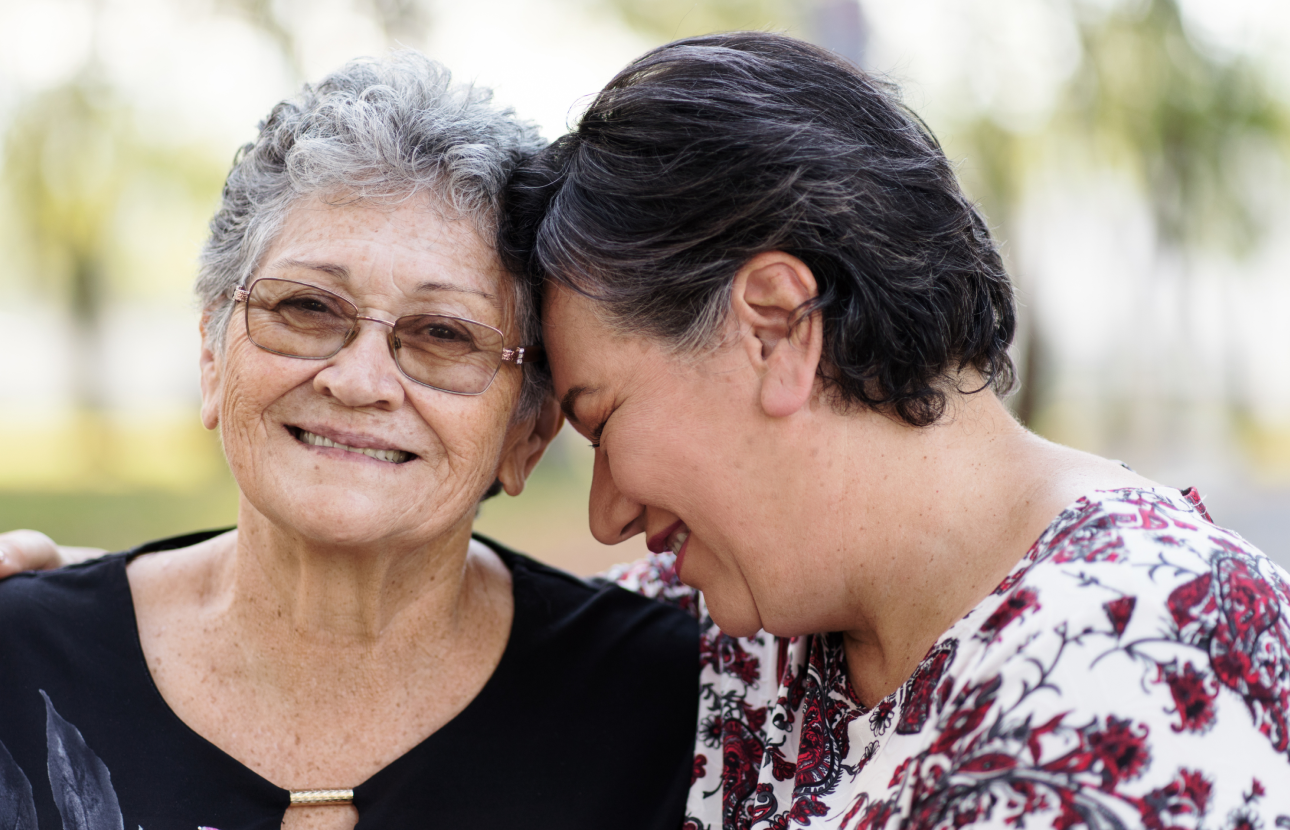
Over the last two decades, treatment results for patients with multiple myeloma have improved considerably—largely because of an unprecedented number of new myeloma drugs becoming available. What has also become clear is that not all myeloma patients are benefiting equally from these advances.
Precursor conditions associated with the development of myeloma (such as monoclonal gammopathy of undetermined significance, or MGUS) are more common in the Black community. Because MGUS tends not to cause signs or symptoms, it may remain undiagnosed for years. MGUS is usually not detected unless people are screened for it.

Compared with White patients, Black patients tend to have an earlier average age at diagnosis—by 5 to 10 years. Black myeloma patients are more likely to have a lower-risk myeloma genetic profile and thus their treatment results should be expected to be equal to—or even better than—those seen in other myeloma patient populations. But barriers to appropriate treatment and lack of awareness of the disease (on the part of both patients and community healthcare providers) contribute to treatment approaches that are inconsistent with current recommended practice.
Factors associated with higher-risk myeloma-related complications, such as anemia and increased levels of an enzyme called lactate dehydrogenase (LDH), have also been found to be more common in Black myeloma patients. Higher incidences of hypercalcemia and kidney (renal) problems are also seen more often in Black myeloma patients.

Hispanic myeloma patients also experience disparities in care and outcomes. Like Black patients, they are younger when they are diagnosed than are non-Hispanic White patients. Furthermore, both Hispanic and Black myeloma patients have a longer time from diagnosis to initiation of novel therapies—that is, the newer drugs and treatments that have emerged in recent years and helped improve results for myeloma patients—compared to non-Hispanic White patients. And both Black myeloma patients and Hispanic myeloma patients are less likely to receive an autologous stem cell transplant, even though this treatment provides the same survival benefit for most patients.
Issues contributing to care disparities in certain racial and ethnic minorities, including Black and Hispanic myeloma patients, are institutional racism in healthcare delivery, lack of access to care and services, and lack of awareness of risk factors.
Studies have shown that when Black and Hispanic myeloma patients receive appropriate, timely care, they can achieve the same results as other myeloma patient populations—with response rates, survival, and total healthcare costs that are similar across all myeloma patient populations, regardless of race.
Fortunately, the evidence suggests that the disparities in multiple myeloma incidence and outcomes between patients of different racial groups can be overcome. Ensuring equal access to appropriate therapeutic options is one essential step toward this goal. Increasing awareness of these disparities and their solutions—among patients and providers alike—is another.

Over half of multiple myeloma patients are 65 or older; the average age at diagnosis is 69. Older patients tend to have disease that is at a later stage, along with more instances of anemia and kidney disease, than younger patients.
Older myeloma patients are also usually faced with factors beyond age that influence their fitness and frailty. For example, older patients can have other diseases (comorbidities), as well as lower activity levels that adversely affect their response to, adherence to, and tolerance of myeloma treatments.
Frailty in older patients increases the likelihood that treatments will not be as effective as they would be for younger patients. Furthermore, studies have shown that older patients may not receive the same level of care as younger patients.
You can speak to trained Patient Navigators in the MMRF Patient Navigation Center at 888-841-6673 who can connect you with a myeloma specialist, answer questions, help you learn more about clinical trials, and provide the right resources to help in your fight against myeloma.
Multiple myeloma patients who are older, live in a rural area, or are Black and/or Hispanic are generally underrepresented in clinical trials. For example, even though Black and Hispanic individuals represent 14% and 19% of the US population, respectively, in an analysis of more than 433,000 patients participating in interventional clinical trials in the United States between 2010 and 2021, Black individuals accounted for 15% of participants overall but only 8.5% of oncology trial participants. Overall, Hispanics account for 6-7% of clinical trial participants.

Clinical studies that do not reflect the real-world patient population may raise questions as to how widely their results can be applied. The MMRF is committed to advocating for inclusive and representative clinical trials and is taking steps to ensure that the patient population of all of the trials that we sponsor reflects the real-world population of myeloma patients.
Increasing representation of underserved populations in multiple myeloma clinical studies is vitally needed—for the benefit of both myeloma patients and the wider myeloma community. Becoming aware of clinical trials that might be a good fit for you is a first step.
Bring your search results to your next clinic visit and discuss with your doctor whether a clinical trial is appropriate for you.